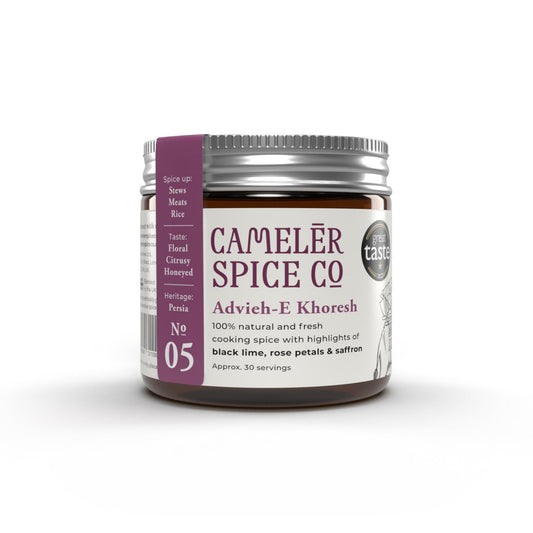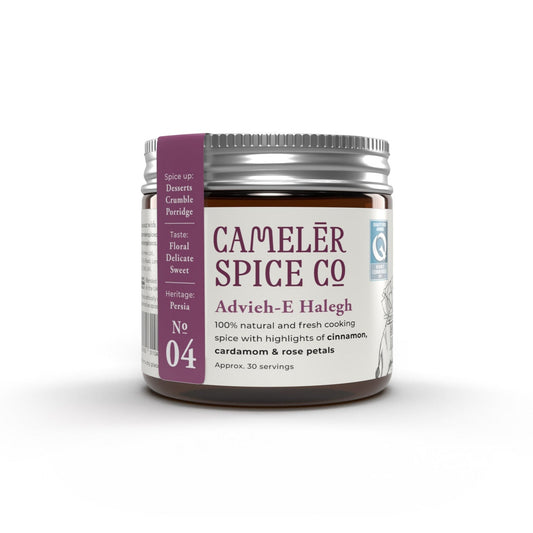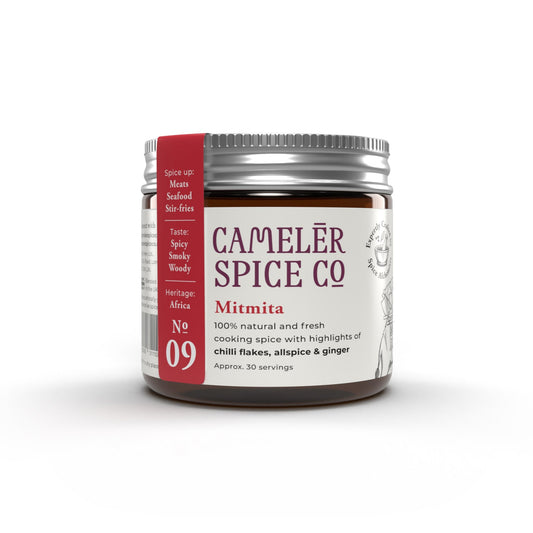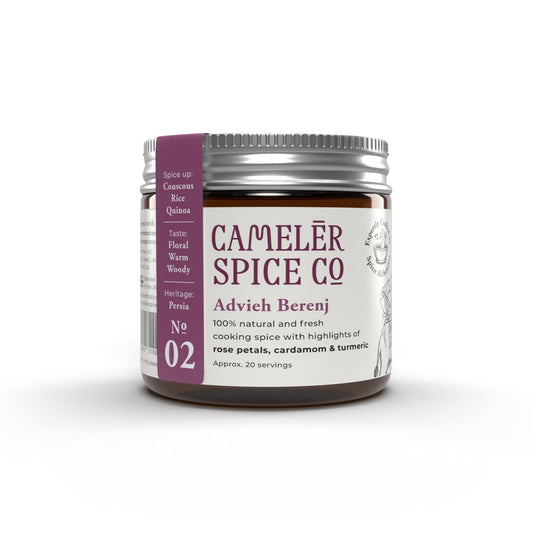
Collection: Cardamom
(Also known as Small Cardamom, Green Cardamom, True Cardamom and Queen of the spices)
What does cardamom taste like?
A spice much appreciated in India for its eucalyptus, citrusy and floral notes, alternatively called "the vanilla of India." White, brown or green cardamom pods enclose numerous angular seeds. We recommend avoiding white cardamom as they are bleached for aesthetic reasons with a further dilution of aroma. Part of the ginger family, cardamom is used in both sweet and savoury dishes. A highly aromatic spice with cool minty notes. Green cardamom is more versatile than black cardamom with smoky notes and almost nil sweetness, meaning it is not suited to desserts.
Is cardamom an expensive spice?
Cardamom is the third most costly spice in the world — just behind Saffron and vanilla. Alongside India, Guatemala, Sri Lanka and Tanzania, they are considered the leading producers. Typically labour intensive being harvested by hand. Cardamom as a commodity is very prone to adulteration with unediable rubbish. Often they can be dyed with vivid hues of green to increase the price.
Although it is less familiar to many Western cooks, it is indispensable to the cooking of India (especially southern India) and throughout the Middle East. Native to India and Sri Lanka, cardamom has been an important trading commodity for those countries for at least a thousand years. In India, it is widely used to flavour curries, dals, masalas (spice mixtures), rice, pastries, and puddings, as well as for tea. In the Middle East, you will observe cardamom in spice mixes for various pilau rice and wheat dishes and the flavouring of coffee. It is also used extensively in Scandinavia and Germany to flavour all kinds of bread, cakes, and other pastries, similar to some Irish and British bakes.
What flavours go with cardamom?
- Almond
- Apricot
- Banana
- Carrot
- Chocolate
- Cinnamon
- Coconut
- Coffee
- Coriander
- Ginger
- Mango
- Pear
- Rose
- Saffron
- Vanilla
Both cardamom and coriander seeds have marked citrusy notes in their flavour profile. Our Granmothers generational Baharat Gulf of Arabia is one such example which is pumped with further heady and citrusy notes. Black Lime, cardamom and coriander, are the culinary triplets you never realised you were missing.
What are the health benefits of cardamom?
Cardamom has antioxidant and diuretic properties and may reduce blood pressure. Known for its cooling properties and for boosting digestive health and treatment against gastrointestinal issues. Traditionally it is also used for mouth infections such as sore throat, teeth and gums, often in the form of tea. It is known as an antidote for the poison of certain snake bites.
What are interesting facts about cardamom?
- India has a 2000-year-old history of using cardamom for culinary and medicinal purposes.
- Held in high esteem as a perfume and digestive aid in ancient Greece and Rome. In the 9th Century, historians suggest that the Vikings encountered cardamom when they invaded Constantinople, the then capital of the Roman empire. They took it back to Scandinavia, where it is still a popular flavour in bread and bakes.
- In the 19th Century, it was grown as a secondary crop in coffee plantations in British India.
- The Arab world consumes sixty per cent of the world's cardamom. It is a pivotal ingredient in a coffee blend called "Gahwa" that has always served as a symbol of hospitality for guests. In the Canterbury Tales, writer Geoffrey Chaucer wrote that cardamom is "The Spice of Paradise."
What is the chief flavour profile of cardamom?
Cineole: (sharp, eucalyptus and herbal) colourless oily liquid, with a pungent fragrance and balance of cool and spicy taste. Also found in black cardamom, galangal, nutmeg and rosemary.
Shop Spices With Cardamom
-
Advieh-E Khoresh
Regular price £8.95 GBPRegular priceUnit price / per -

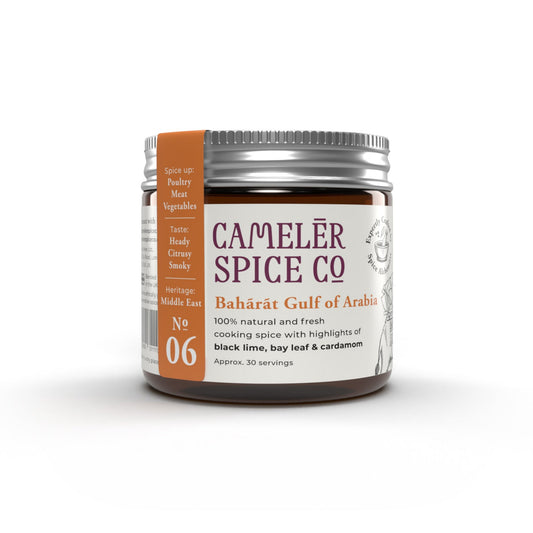 Sold out
Sold outBaharat Gulf Of Arabia
Regular price £8.95 GBPRegular priceUnit price / per -
Advieh-E Halegh
Regular price £8.95 GBPRegular priceUnit price / per -
Advieh Berenj
Regular price £8.95 GBPRegular priceUnit price / per


